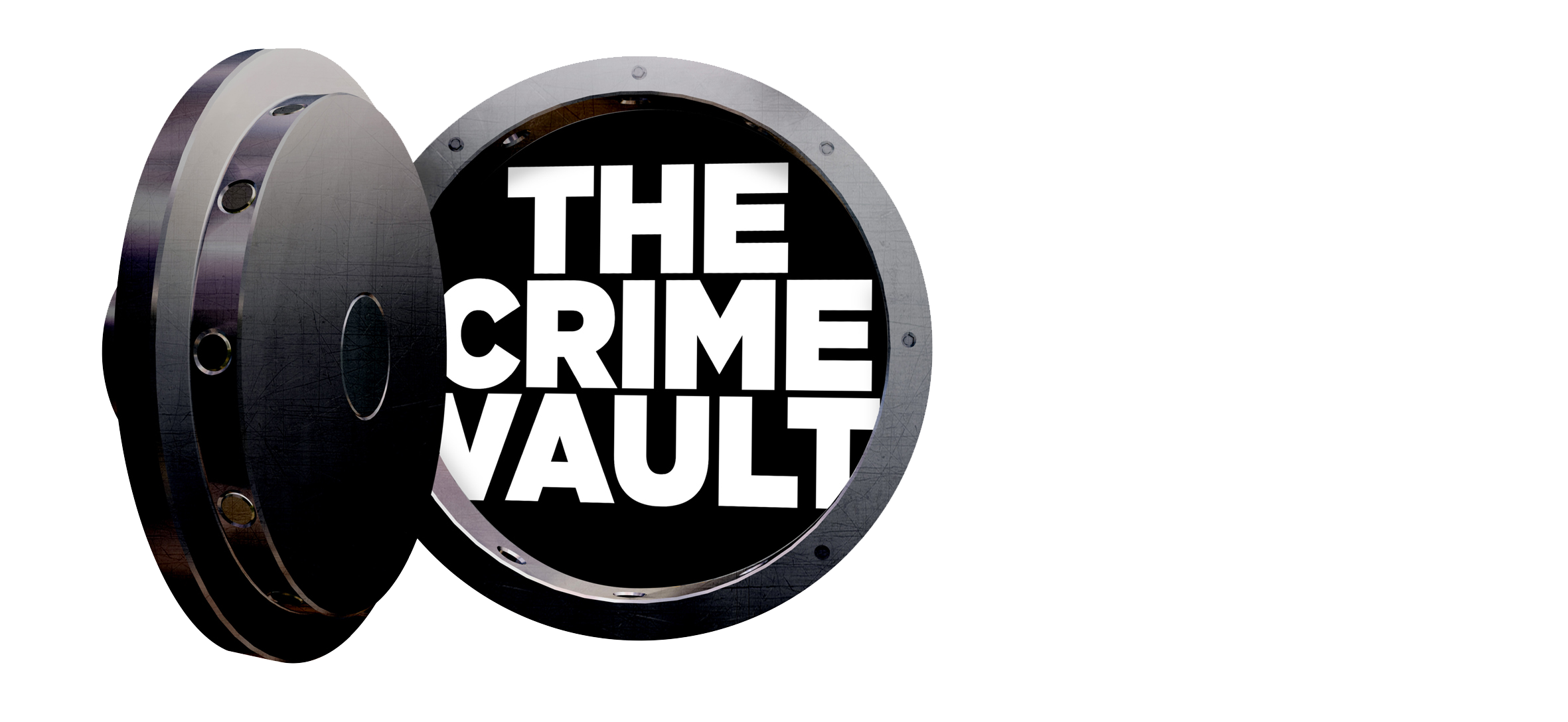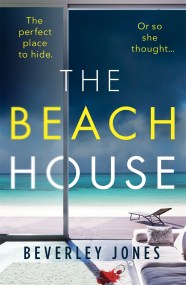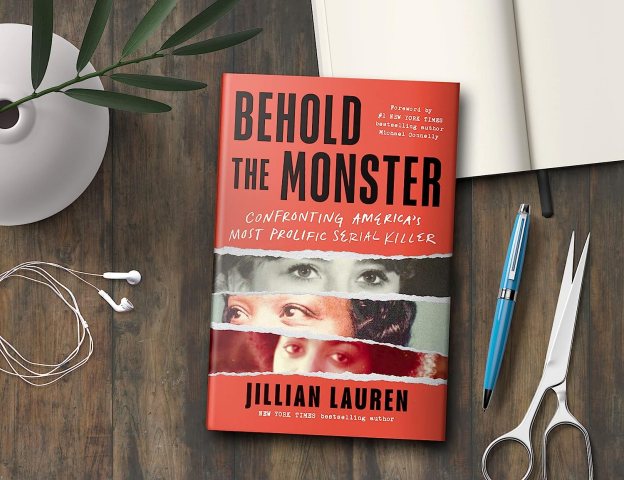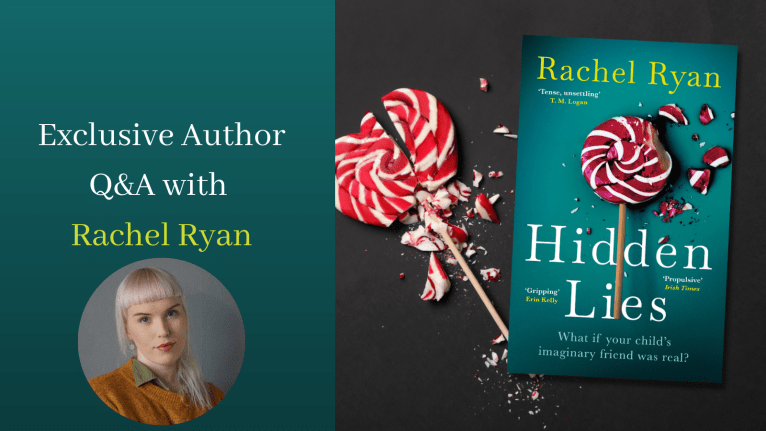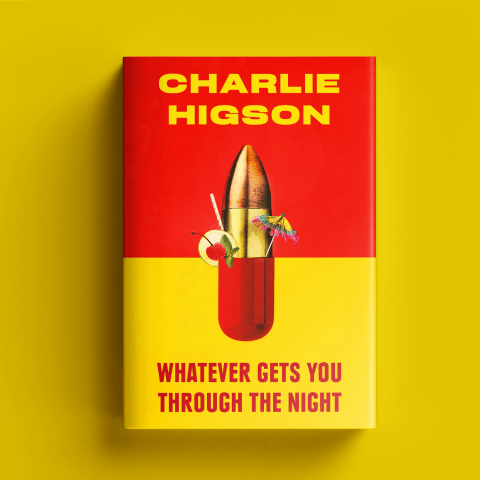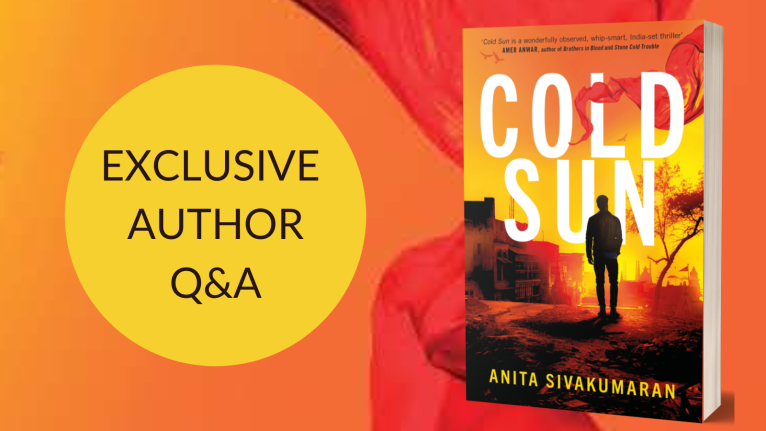An exclusive Q&A with Beverley Jones, author of The Beach House
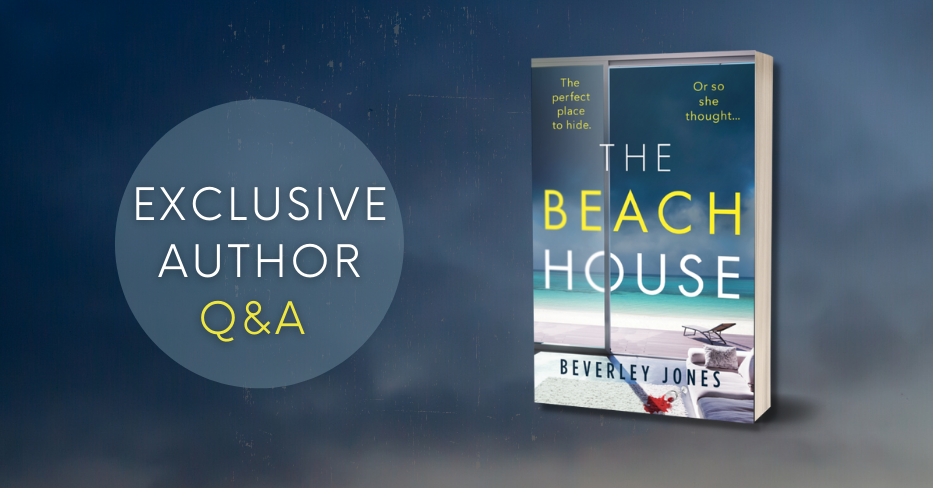
We sat down with Beverley Jones, author of the stunning thriller The Beach House to find out more about the inspiration for the book, life as an author and of course favourite reads.
Tell us a bit about The Beach House and what inspired you to write it?
The story of The Beach House started way back in the 1980s, when I was little girl obsessed with adventure stories. Through books and films, I discovered I could climb out of the post-industrial South Wales valleys where I grew up for a few hours, into far more exciting and colourful worlds. One birthday, I vividly remember a trip to the old fashioned, 1930s cinema, where I was transported to a wild American seashore, through a tale of pirates and buried treasure, villainous escaped convicts and a deformed but good-hearted anti-hero called Sloth.
That film was Steven Spielberg’s The Goonies, set in Oregon, and I played the VHS copy, later taped from the TV, on endless wet Sunday afternoons, joining the adventures of a geeky, asthmatic kid called Mikey who saves his family home by using his brain power and determination (and finding a ghostly galleon and a bag of pirate treasure, to boot!). Decades later, I suggested to my husband – also an avid Goonies fan– that we go on an anniversary holiday to Astoria, where the movie was filmed, and make like Mikey and the gang. In 2019, just before the Covid pandemic torpedoed travel, we rocked up at the mouth of the mighty Columbia River on the Pacific Northwest Coast, exploring the county jail where the Fratelli brothers made their escape, getting our mugshots done and taking selfies in front of the famous sea stacks at Cannon Beach.
But, because I’m a crime writer, saying, ‘I’ve been there, done that and bought the T-shirt’ (literally, the Truffle Shuffle one – if you know, you know) wasn’t enough. There was something about those communities clinging to that coast, a beautiful yet brutal forested landscape that dips down to the boiling surf of the Pacific, that seemed to seethe with secrets and stories. As my protagonist Grace, observes, there’s something about that jagged, tree-and-cliff-twisted landscape, dotted with smart resorts and rusting fishing towns, that has teeth, ready to snap at the unsuspecting traveller. Driving through the upmarket beachfront town of Cannon Beach, I saw a perfect clapboard beach house, then, because I’m a weirdo, I saw an immaculately dressed woman, coming home to find some unexpected gifts on her kitchen counter – a rope, a knife and handcuffs, and a body on the kitchen floor. A secret was about to be revealed and the opening scene of The Beach House was born.
What role does setting play in the story?
Setting is always crucial in my books, functioning as so much more than just a dramatic or striking backdrop. For me, the story should feel as if it could only play out in that place, where the people and the culture, as well the landscape, feed directly into the unfolding mystery. Right from the start of our road trip, it struck me that the Oregon coast was exactly the sort of place someone might end up if they were trying to hide and had the money to do it. Like my protagonist, Grace, who’s fled the Welsh coastal community of her own childhood, an architect building the beach house she calls her ‘clean slate’, reinventing herself as a good wife and good mother.
But she’s not the only one with a secret, and it’s not just the tides that can be treacherous in Lookout Beach. She soon learns that you carry your past with you, and that the stories of your home town cling on through the years. Like the grisly tale which forms part of the secret Grace is fleeing. As a child, visiting the windswept beaches of Ogmore in South Wales, with its towering sand dunes at Merthyr Mawr and dangerous estuary, I often heard the tale about an innkeeper called Y Cap Goch (The Red Cap), who, in the 19th Century, allegedly murdered and robbed weary travellers, the drovers and packmen bound for the then wool-hub of Bridgend, burying them in the inn’s grounds, or dumping their bodies in the river.
This tale, part historical account, part expanded fable, and the location of the long-lost inn so fascinated me, I always wanted to find room for it in one of my novels. So, I made it part of Grace’s childhood trauma, a tale that, like the happier seaside adventures of pirates and treasure, exerts a powerful influence on a youngster’s imagination.
Tell us about your writing process.
I’m not a planner – usually I know exactly where I want to end up and often write the last scene first, because I’ve seen a snapshot of a situation that will make a great finale. Sometimes, I hear a few lines of dialogue that trigger a prologue loaded with a taste of the crimes to come. I like to drop a reader right into the middle of the action if I can, then take them backwards and show them how the characters got there. Though I don’t always know the exact route I’m going to take between the stops, things seem to come out alright in the end.
Are there any writers who have inspired your work?
At 17, I was discovering crime novels and was blown away by Donna Tartt’s The Secret History, mesmerised by her truly horrible group of Classics students at an isolated New England college, who murder a friend (no spoiler here, you know this at the outset). It’s not so much a ‘whodunnit’ as a ‘why-dunnit’, and who might get away with it, and I was hooked. Perhaps it’s no surprise that my first novel, Lies You Tell, published after eight years of writing around the insane hours of my journalism day job, featured a young newspaper reporter who suspects one of her former college friends might be involved in a missing persons investigation!
I always found the works of writers like Patricia Highsmith and Barbara Vine (aka Ruth Rendell) gripping too. I devoured all their psychological thrillers in my teens and twenties, fascinated by the idea that many of their characters are ‘people like us’ until they make one bad decision or commit one desperate act that there’s no coming back from. This idea was reinforced on a daily basis when I worked as a press officer for South Wales Police, right in the heart of the world of crime and human frailty. Every investigation only made it clearer that people rarely think they’re the villain of the piece. We all find rationalisations for the terrible, selfish things we do until we step over a line. That’s why my characters operate in that grey area that’s all the more dangerous because it’s hard to navigate. Kate Atkinson’s Jackson Brodie books, and all of Sarah Waters’ novels, do this wonderfully well, and I never miss one of their novels.
What are some of your favourite summer beach reads?
I love to seek out titles set in the places I’m visiting and have a soft spot for Patricia’s Highsmith’s The Talented Mr Ripley, because I read it on my first holiday to Italy, including Rome and Florence, perfect for following Ripley on his diabolical adventures, as he works his sociopath charms. Anything by Margaret Atwood is always worth taking on holiday too. I know she’s a dystopian star right now, because of the adaptation of The Handmaid’s Tale, but her psychological dramas like The Blind Assassin or The Robber Bride have a compelling touch of crime and deception and never disappoint.
